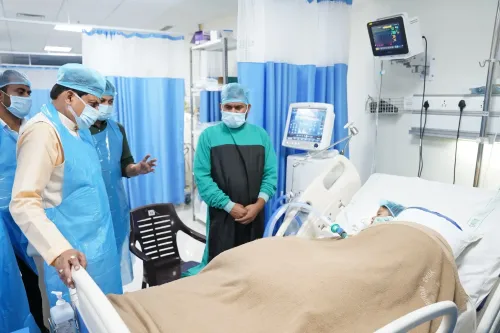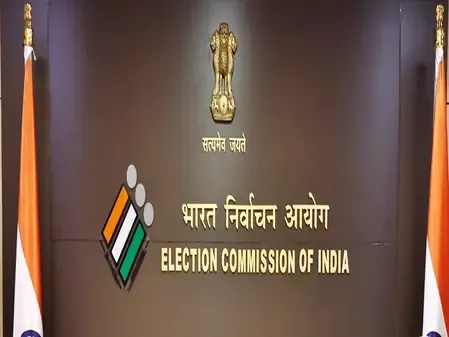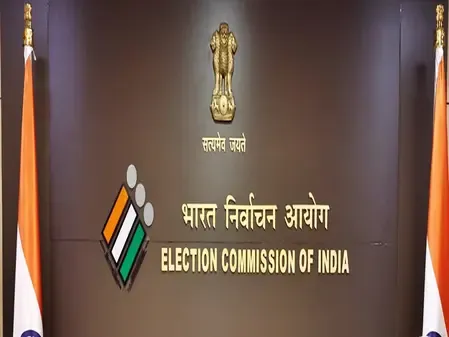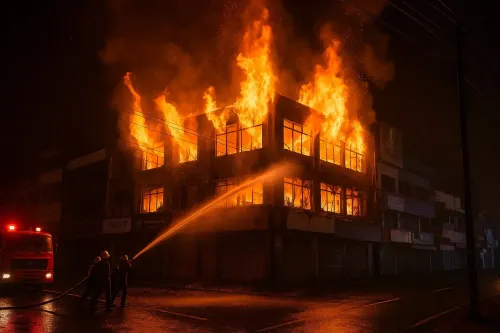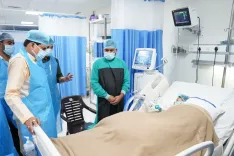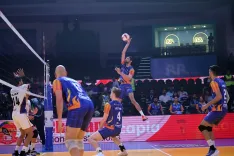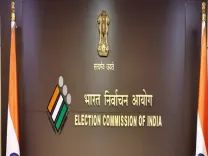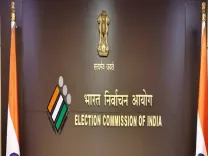How Did 28 Tribal Students from Gujarat's Tapi Experience a Dream Tour at ISRO?
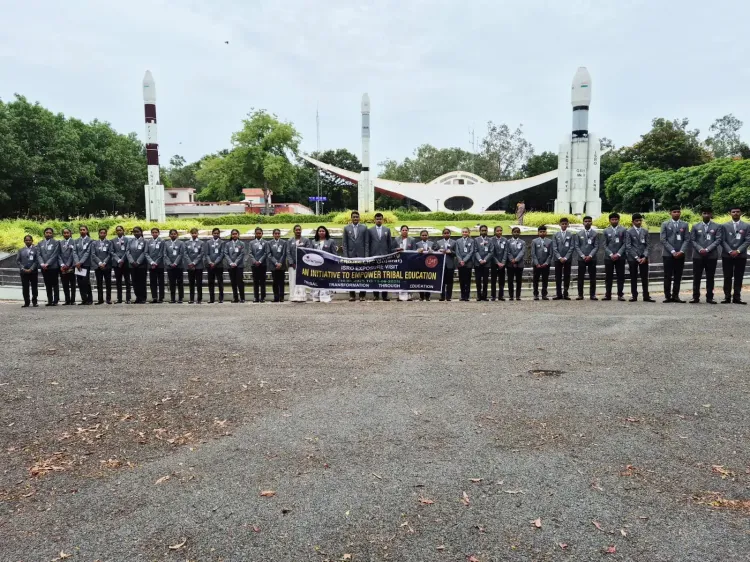
Synopsis
Key Takeaways
- 28 tribal students from Gujarat visited ISRO.
- The initiative is part of Project Vigyan Setu.
- Students experienced air travel for the first time.
- They gained insights into rocket design and satellite technology.
- The program aims to inspire youth from marginalized communities.
Surat, Aug 13 (NationPress) Students hailing from some of the nation's most isolated tribal regions have just fulfilled a dream typically reserved for privileged educational institutions. For the very first time in Gujarat, as part of the state government's Project Vigyan Setu, tribal students returned to Surat from Chennai's Indian Space Research Organisation (ISRO) after an enlightening three-day educational tour.
This initiative, aimed at bridging scientific opportunities for marginalized communities, marked a significant milestone by allowing 28 students from Tapi district the unique opportunity to witness India's leading space research facilities up close.
The selection process was meticulous.
Students from the science stream in Class 11 and 12, enrolled in government schools across Tapi's tribal regions, were meticulously chosen from a pool of 15 schools.
From hundreds of applicants, 28 were selected -- comprising 20 girls and eight boys.
Appropriately named "Tapi ke Taare", the program symbolizes their luminous potential.
The educational excursion took students on an air journey to Chennai -- with many experiencing air travel for the first time.
During their visit to ISRO, they engaged with scientists, explored cutting-edge laboratories, and gained firsthand knowledge about rocket design, satellite technology, and current space missions.
"These are children who have never ventured beyond their villages. Today, they've stood in the same halls where India's space aspirations come to life," stated Gujarat’s Higher Education Minister Kuber Dindor.
Dindor expressed his personal pride: "It is a privilege for my community that our children have reached ISRO. I have not had the opportunity to go there myself. This is merely the beginning -- this initiative will extend across Gujarat. 'Tapi ke Taare' aims to spark curiosity and ambition among our youth."
The students shared their reflections with IANS.
Tanuben Naik, one of the chosen students, noted, "It was my first experience traveling and visiting such a place. I learned how rockets are constructed and launched. I am grateful to the government for providing opportunities to individuals like us."
Kuber Dindor, who also serves as the Tribal Development Minister, emphasized the magnitude of the endeavor, stating: "Out of 700 students who applied for selection, 28 were chosen. We aimed to inspire them so they can achieve success in life. The discussions they had at ISRO regarding science and technology will motivate them for years ahead. We plan to broaden this program to include more schools across Gujarat."

